
Many assume Japan’s turn toward autocracy happened overnight, but the reality was more gradual. The shift played out through vague laws and political choices that lacked early questioning. There weren’t any dramatic announcements or sudden turning points. It was a slow rise in power that quietly gained momentum. Here are 10 moments that reveal how it happened.
Japan’s First Constitution Gave The Emperor Too Much Power
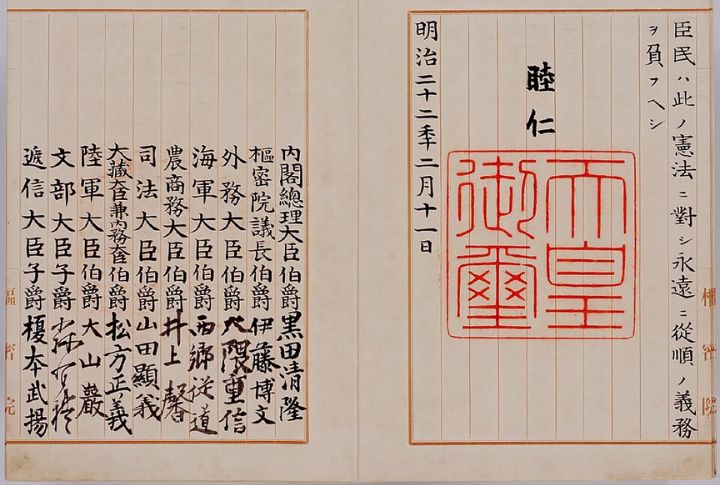
The 1889 Meiji Constitution gave the Emperor full control as the military leader. He had the power to bypass elected officials when making important decisions. This system was based on Prussia’s strict, authoritarian style. Since the Emperor couldn’t be punished or questioned, all power stayed firmly with him.
The Military Could Block Japan’s Government
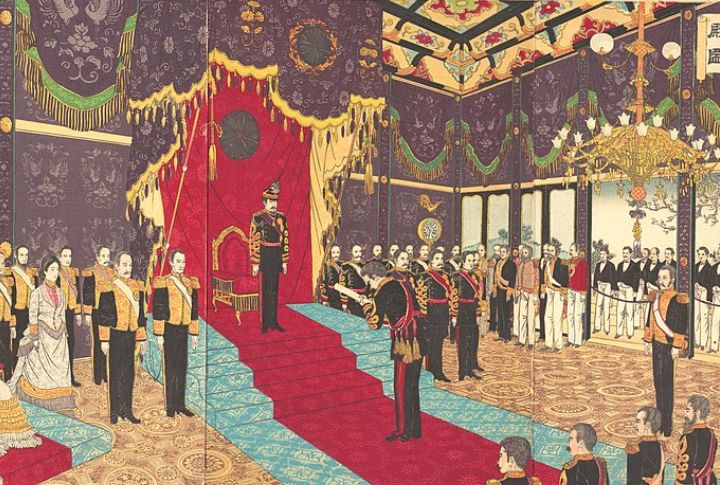
Army and navy leaders could prevent any new government from forming. No cabinet operated without military involvement. Civilian leaders had no power unless approved by the military. After Prime Minister Inukai’s murder, all successors were military or had military backgrounds.
Political Killings Became Common

Between 1921 and 1936, executions of politicians and business leaders became increasingly common. As a result, ultranationalist groups used violence to push authoritarian ideas. Shockingly, some attackers even earned praise from the public. Because of the light prison sentences, political violence kept spreading with little resistance.
Secret Police Apprehended People For Their Beliefs
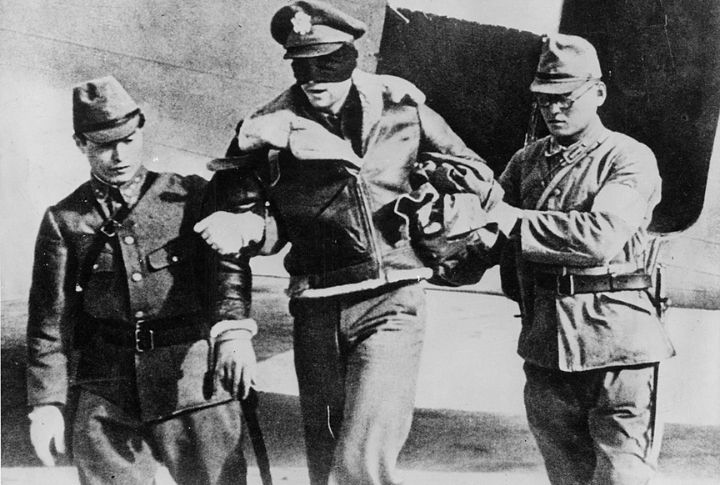
Japan’s Tokko secret police arrested people simply for their beliefs. Anyone who questioned the government or supported democracy risked detention, even without breaking any laws. Thousands were imprisoned just for “dangerous thinking.” By shutting down public discussion, the government controlled what ideas people could express or hold.
Schools Taught Children To Worship The Emperor
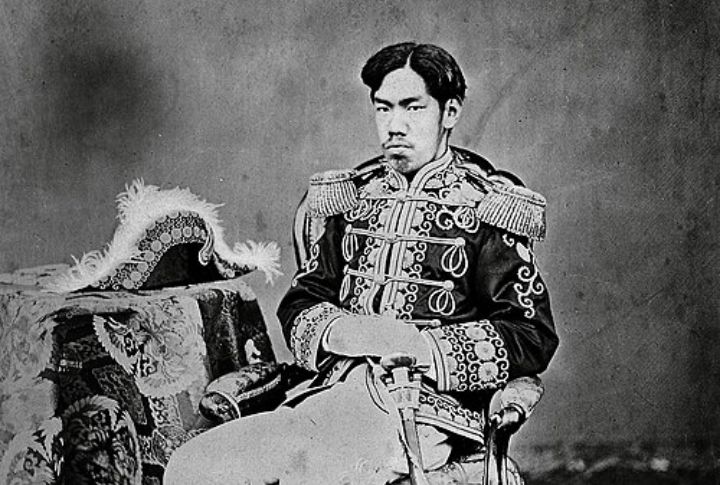
Starting in 1890, Japanese schools had a legal requirement to teach children loyalty to the Emperor. This loyalty was reinforced daily. Each class began with students bowing to his portrait. That simple act helped frame the Emperor as more than a ruler—it shaped him as a living god in young minds.
Kids Were Trained For War In Classrooms
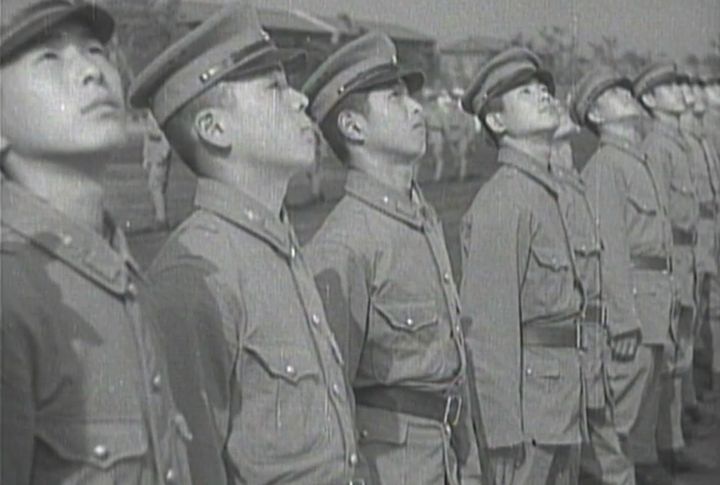
Japanese schools in the 1930s introduced military drills into the school day. Consequently, textbooks taught students that loyalty and sacrifice were more important than freedom or creativity. Teachers told students that dying for Japan was noble. As a result, obedience to the military became a daily expectation, starting from childhood.
Big Companies Helped Fund Japan’s Wars
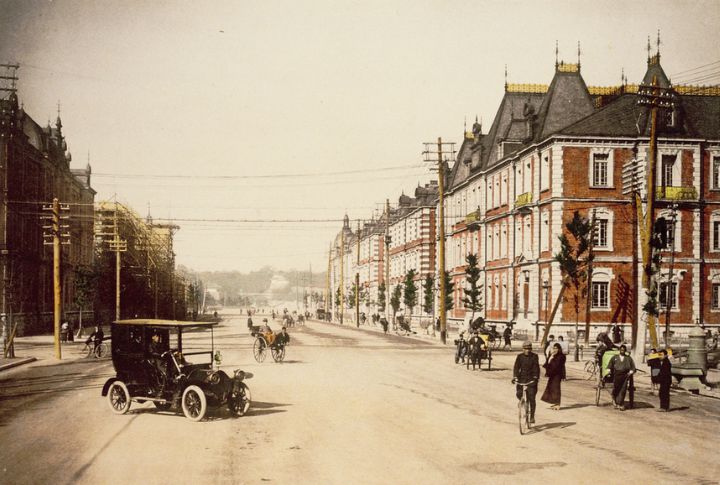
Major companies in Japan, known as zaibatsu, helped supply the military with weapons and equipment. In exchange, they received special business rights in the colonies. Some company leaders worked closely with military officials. Mitsubishi, for instance, played a key role by building fighter planes used in the war.
Japan Took Over Manchuria Without Permission
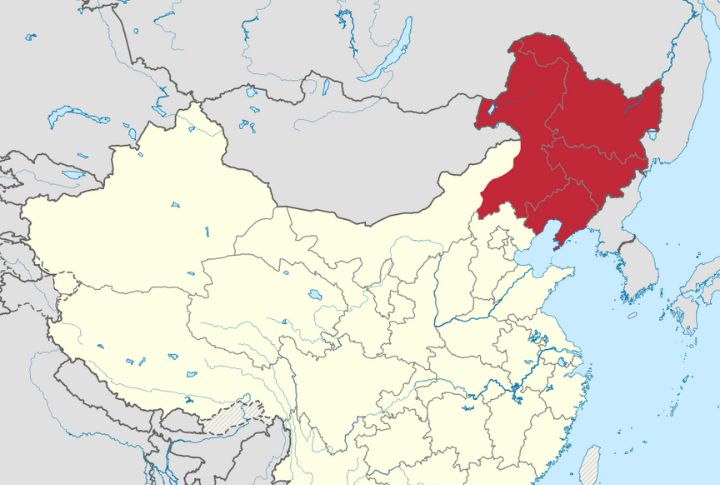
A military action without approval happened in 1931 when Japanese troops stormed into Manchuria. Instead of waiting for government orders, they acted independently and installed a puppet regime. Therefore, civilian leaders had no power to prevent it. This incident showed how little control Japan’s elected officials had over the military.
Old Samurai Beliefs Were Used To Justify War
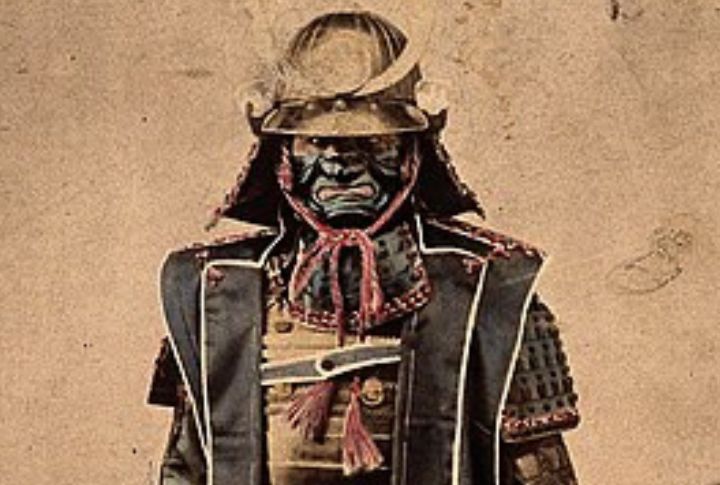
The Bushido code was revived to promote honor and obedience within the military. Soldiers were expected to give their lives rather than surrender. To reinforce this mindset, the government distributed moral handbooks authored by the Emperor. Interestingly, much of what was presented as Bushido tradition was actually reshaped wartime propaganda.
The Government Took Over The News

Reporting that criticized the military or government was banned in Japan. By the 1930s, the press was tightly controlled. Journalists faced imprisonment for asking tough questions, and headlines simply repeated military speeches. For that reason, controlling the media became essential for influencing public opinion and silencing opposition.

